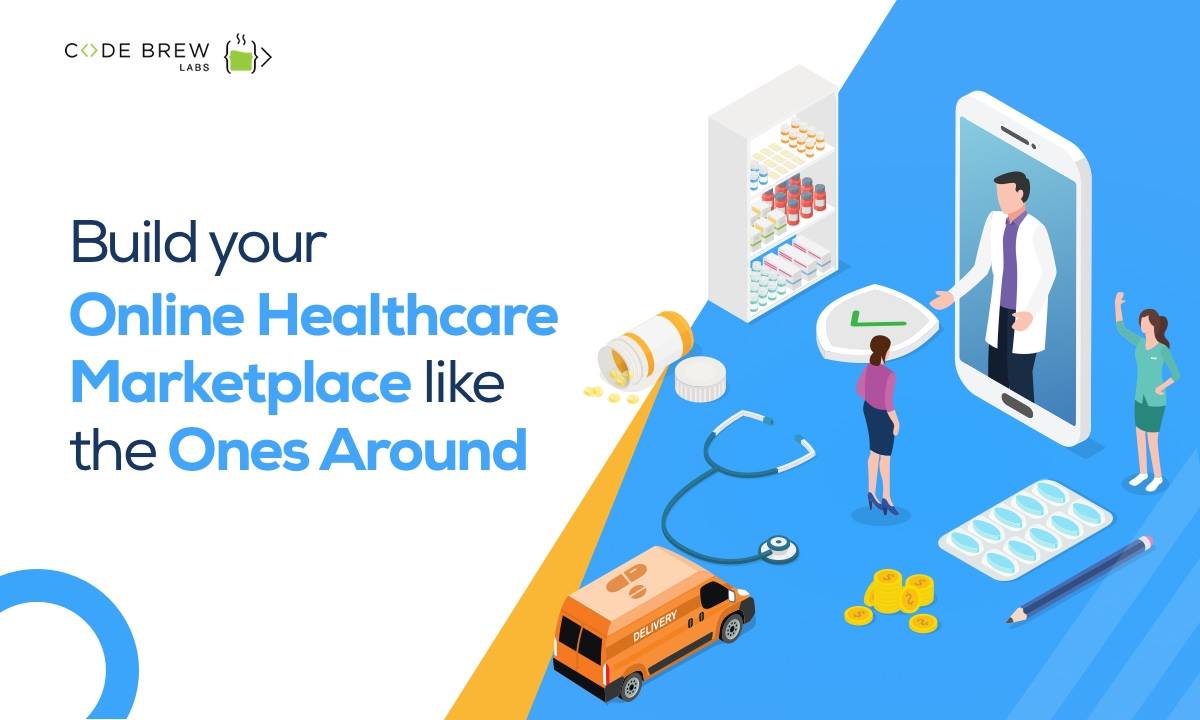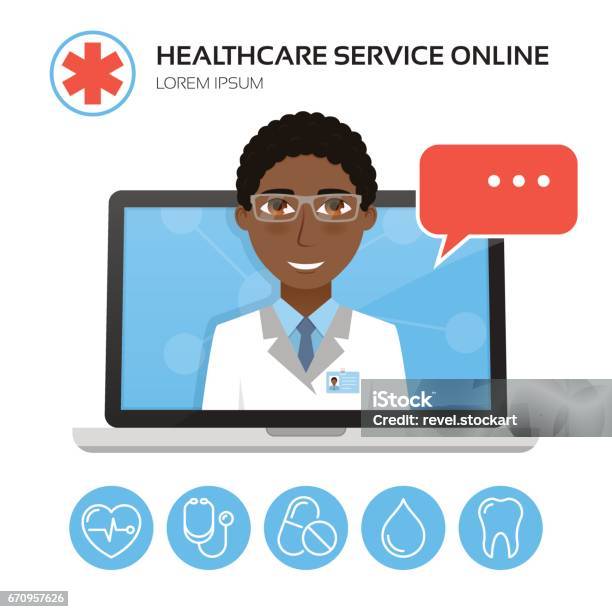The Surge of Subscription-Based Health Care and Its Influence On Client Care
As medical care progresses, the subscription-based version is gaining traction, guaranteeing to transform client treatment by using predictability and availability. These models, which bypass traditional insurance policy, can redefine the patient-doctor dynamic, emphasizing individualized and preventative care. Yet, similar to any innovation, they present difficulties, specifically concerning fair gain access to for all socioeconomic teams. The possibility for these designs to reshape medical care shipment elevates pushing questions about their long-term sustainability and inclusivity. Are these registration solutions the future of medical care, or do they run the risk of leaving prone populaces behind? The intricacies of this shift warrant a more detailed examination.
Recognizing Subscription Healthcare Versions
Understanding the principle of subscription healthcare designs involves analyzing a transformative strategy to clinical services that emphasizes affordability and accessibility. These versions, commonly referred to as direct health care (DPC) or attendant medication, have emerged as cutting-edge alternatives to standard fee-for-service healthcare systems. Membership medical care enables people to pay a fixed month-to-month or yearly charge for a specified set of clinical services, which might include unrestricted office gos to, routine check-ups, and basic lab tests, without the need for traditional insurance payment.
The framework of registration health care designs is developed to enhance individual treatment by removing third-party payers and intricate payment codes, thereby minimizing management worries. Medical care carriers can concentrate more on individual care, cultivating more powerful patient-provider relationships. This design likewise promotes preventative treatment by encouraging regular check outs, as the monetary challenge of per-visit fees is eliminated.
The membership design commonly equips health care suppliers to take care of smaller sized individual panels, enabling even more individualized treatment. It lines up monetary rewards with client health and wellness end results, as service providers are encouraged to preserve individual fulfillment and health. On the whole, recognizing membership health care models requires identifying their prospective to reshape just how care is delivered and accessed.
Advantages for People and Carriers

With a stable earnings stream, health care professionals can dedicate more time to each patient, leading to an extra extensive and individualized treatment experience. The focus on preventative treatment within registration strategies can lead to better person outcomes and reduced lasting healthcare expenses.
Concerns and difficulties
While subscription-based healthcare designs existing various advantages, they also feature a set of difficulties and concerns that need to be addressed. Availability stays a significant problem, as these models frequently target individuals that can afford monthly charges, potentially omitting low-income populaces. This raises moral concerns regarding equitable accessibility to health care solutions. In addition, the different nature of subscription strategies can lead to confusion among patients concerning insurance coverage specifics, possibly causing unmet expectations or poor care.
Financial sustainability of subscription-based models is another problem. Providers should balance the fixed revenue from memberships with the variable costs of health care solutions, which might vary because of unpredicted medical requirements. This can produce stress to limit solutions or rise fees, possibly impacting client satisfaction and care high quality.
In addition, regulatory oversight of subscription-based health care versions is still progressing. The absence of standardized frameworks can cause irregular solution high quality and responsibility, making complex initiatives to ensure client defense. The integration of innovation-- usually a cornerstone of these designs-- increases questions regarding information personal privacy and safety, as delicate individual info can be at risk to violations. Addressing these difficulties is important for the effective and fair application of subscription-based health care.
Effect On Patient-Doctor Relationships
One substantial impact of subscription-based health care versions on patient-doctor connections is the possibility for enhanced continuity and customized care. By embracing a membership version, physicians can take care of a smaller individual panel, enabling for more specialized time with each person. This boosted schedule fosters a much deeper understanding of a client's medical history, lifestyle, and preferences, making it possible for much more tailored therapy plans and interventions.

Nonetheless, it is necessary to acknowledge that while subscription-based designs might profit those that can afford them, they could unintentionally widen health care variations. Clients who are not able to take part in these models could experience decreased accessibility to customized treatment, potentially impacting their partnerships with doctor. my review here Therefore, while the subscription version offers encouraging advantages for patient-doctor relationships, it additionally presents obstacles that need to be resolved to make sure fair health care access.
Future of Medical Care Access

The role of innovation can not be neglected in this transformation. Telemedicine systems and digital health documents promote seamless interaction between individuals and doctor, damaging down geographical and logistical barriers. Furthermore, improvements in expert system and information analytics can further individualize healthcare by anticipating client demands and maximizing treatment strategies.
Nevertheless, the future of healthcare accessibility also presents challenges, such as making certain equity across different socio-economic teams. Policymakers and doctor need to team up to bridge the digital divide, ensuring that subscription-based versions remain comprehensive and budget friendly. As these systems develop, they hold the promise of making healthcare much more available, effective, and patient-centric.
Conclusion
Subscription-based healthcare designs are reshaping individual care by supplying a stable expense structure and boosting access. These designs strengthen patient-provider connections with customized treatment and normal sees, emphasizing preventative health and wellness. In spite of these benefits, obstacles such as accessibility concerns for low-income populaces and the demand for fair healthcare options persist. The rise of subscription-based medical care motivates positive individual engagement, which has the possible to boost client end results and fulfillment, signifying a transformative imp source shift in medical care distribution.
As healthcare advances, the subscription-based model is gaining traction, promising to revolutionize individual treatment by supplying predictability and availability.Subscription-based medical care designs provide unique benefits for both suppliers and patients, improving the general health care experience.As medical care systems develop, the future of medical care accessibility frequently pivots on the assimilation of ingenious versions and innovations.Subscription-based health care models are reshaping person treatment by supplying a steady price framework and enhancing access. The increase of subscription-based healthcare encourages proactive client involvement, which has the possible to enhance patient end results and contentment, indicating a transformative change in health care distribution.